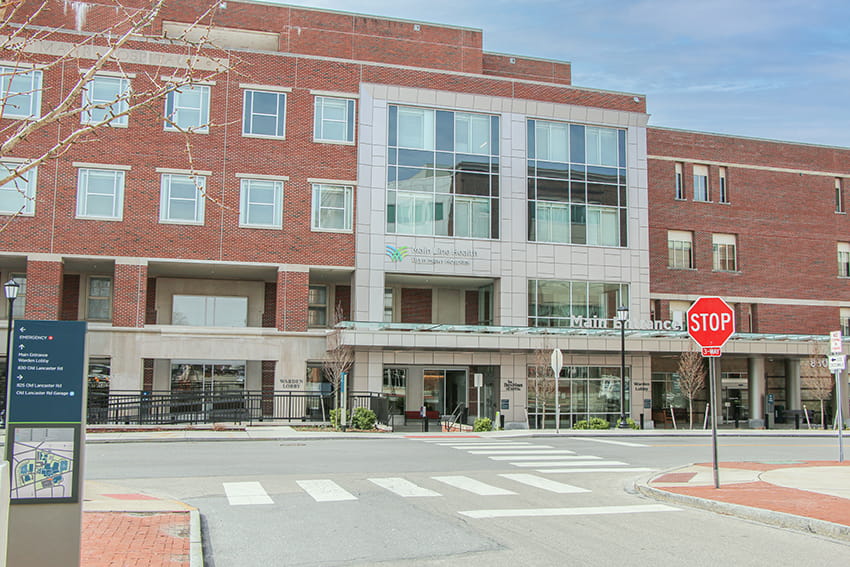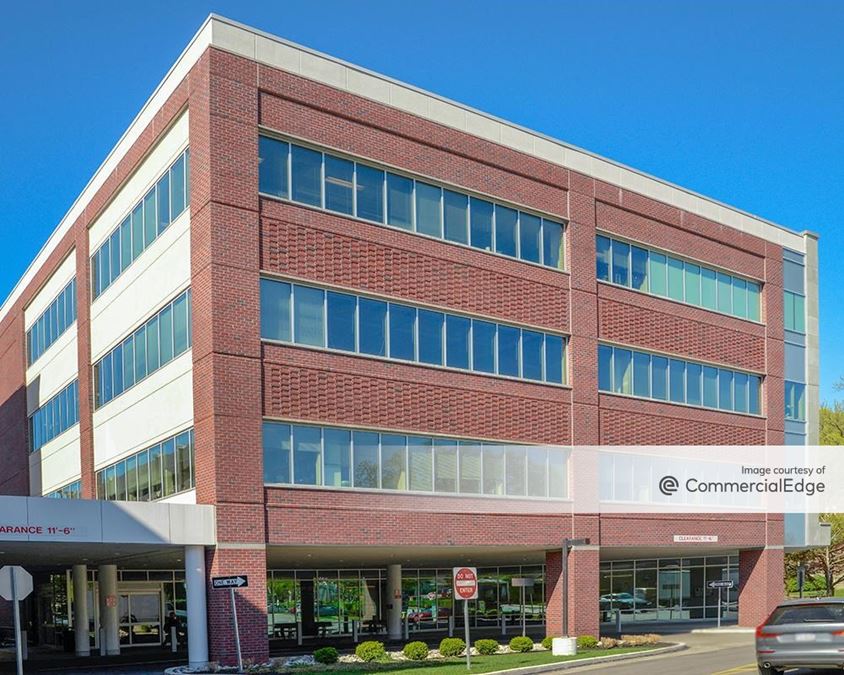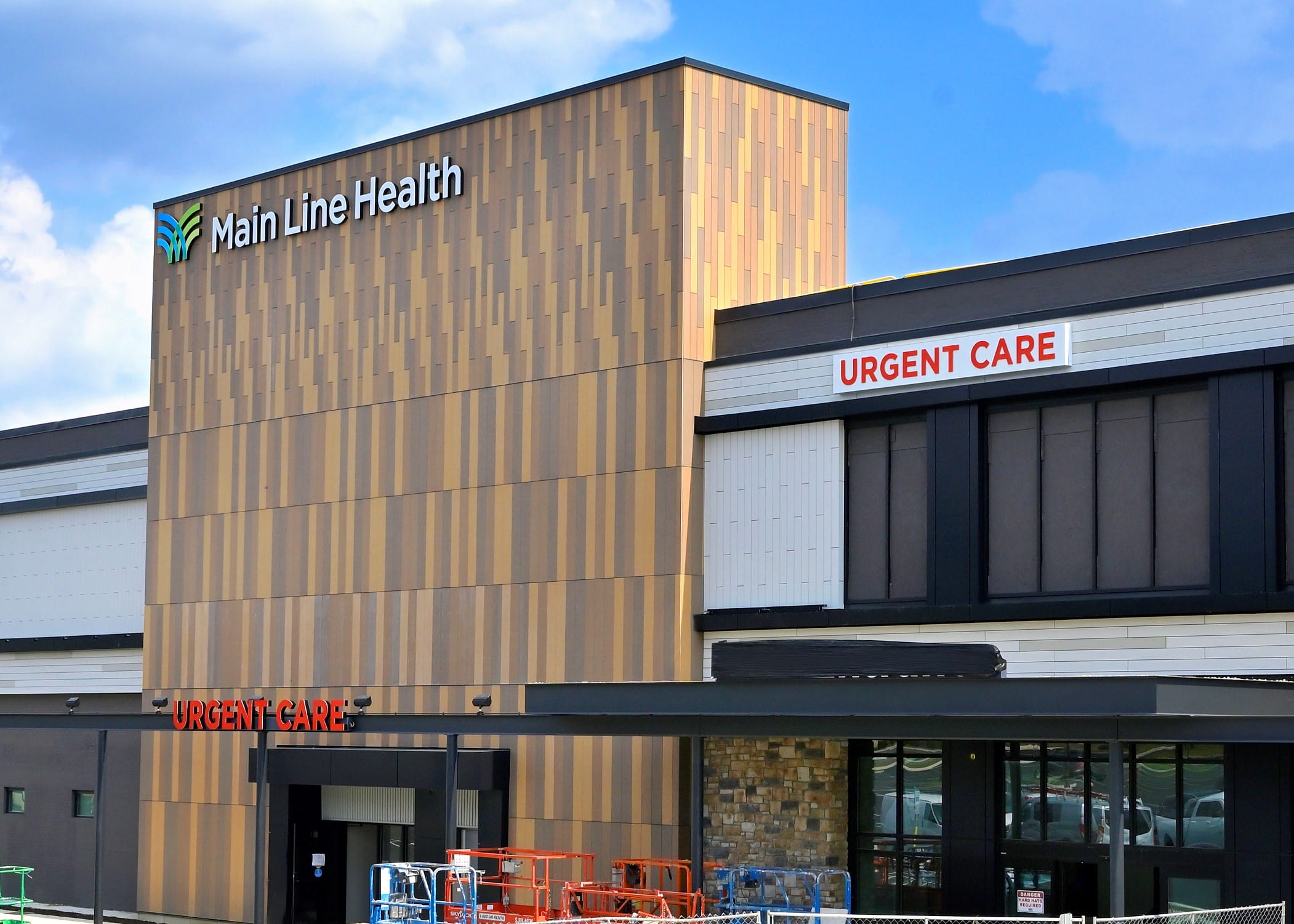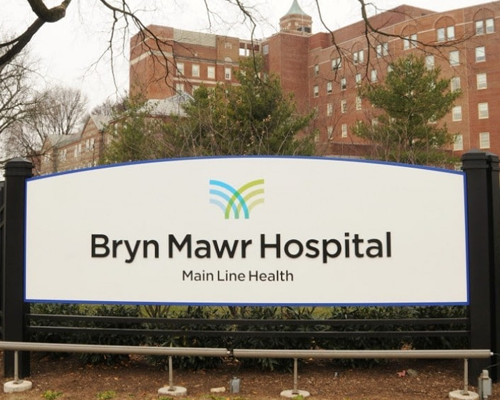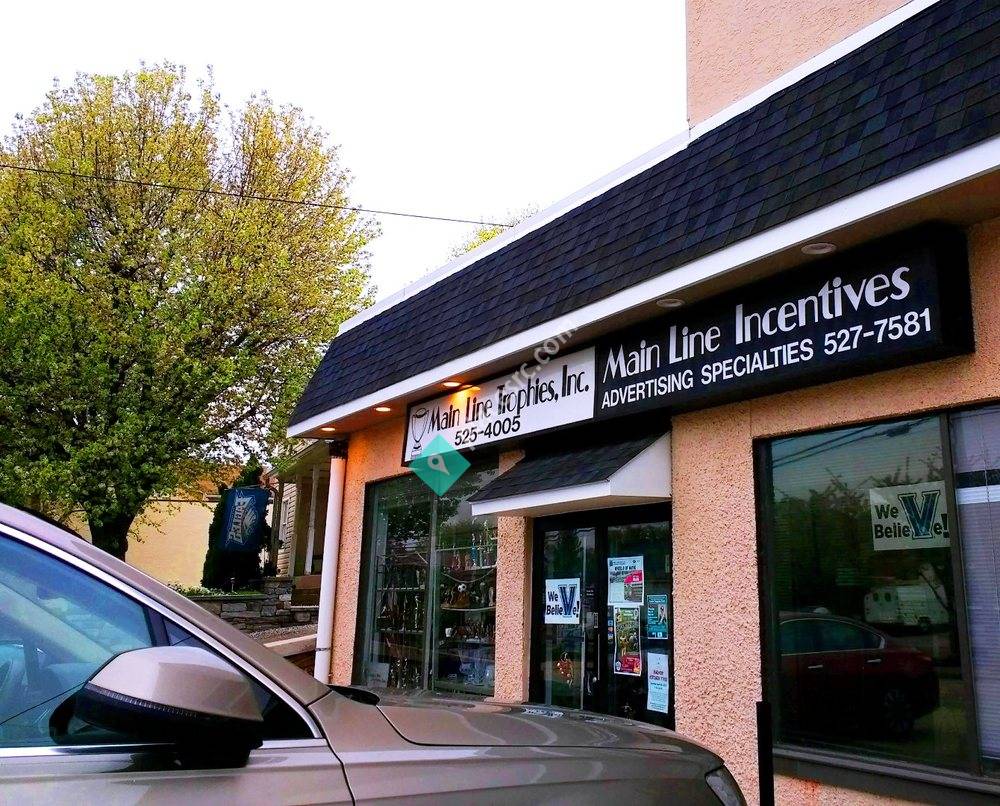Main Line Imaging Bryn Mawr Pa

The field of medical imaging is constantly evolving, demanding consistent investment in technology and a dedication to patient-centered care. Main Line Imaging in Bryn Mawr, Pennsylvania, stands as a prominent provider of diagnostic imaging services in the region, navigating these evolving demands.
For years, it has served patients and referring physicians across the Main Line, offering a comprehensive suite of imaging modalities. However, like any healthcare provider, Main Line Imaging faces challenges ranging from maintaining technological currency to adapting to shifting reimbursement models and ensuring optimal patient experiences. This article examines the operations, services, challenges, and future outlook of Main Line Imaging, offering a comprehensive overview of its role in the local healthcare ecosystem.
Services and Technology
Main Line Imaging provides a wide array of diagnostic imaging services. These typically include Magnetic Resonance Imaging (MRI), Computed Tomography (CT) scans), Ultrasound, X-ray, and potentially other specialized services like Nuclear Medicine imaging or PET/CT scans, depending on the facility's specific capabilities.
The facility's website showcases high-field MRI technology, crucial for generating detailed anatomical images. The latest imaging equipment ensures higher image quality, reduced scan times, and lower radiation exposure, especially important for CT scans.
Maintaining state-of-the-art technology is a significant investment. The cost of acquiring and maintaining such advanced equipment requires a careful balance between providing optimal patient care and managing operational expenses.
Accreditation and Quality
Accreditation from bodies like the American College of Radiology (ACR) is vital for imaging centers. Accreditation signifies that the facility has met rigorous standards for image quality, safety, and personnel qualifications.
Main Line Imaging is accredited by the ACR. Achieving and maintaining these accreditations require ongoing effort and commitment to quality assurance protocols.
These protocols cover everything from equipment calibration to staff training and adherence to standardized imaging protocols. Patient safety is a paramount concern, and accredited facilities implement robust measures to minimize risks associated with imaging procedures.
The Patient Experience
Patient experience has become a critical factor in healthcare. Factors include ease of scheduling, clear communication about procedures, comfortable waiting areas, and the professionalism and empathy of the staff, all contribute to a positive patient experience.
Main Line Imaging typically emphasizes patient comfort and convenience. Many patients seek out facilities known for friendly staff and efficient processes.
Patient reviews and testimonials can provide insights into the actual patient experience at Main Line Imaging. Positive feedback may highlight the facility’s strengths in patient care.
Challenges and Opportunities
Like many healthcare providers, Main Line Imaging faces several challenges. Reimbursement rates from insurance companies and government payers are constantly in flux, impacting the facility's revenue stream.
Keeping pace with technological advancements requires ongoing investment and staff training. The rising cost of healthcare and the need to demonstrate value are also significant concerns.
Opportunities exist to address these challenges. Expanding service offerings, developing partnerships with referring physicians, and focusing on patient satisfaction can help Main Line Imaging thrive.
The Impact of Technology
Artificial intelligence (AI) is increasingly being integrated into medical imaging. AI algorithms can assist radiologists in image interpretation, improving accuracy and efficiency.
AI can also help reduce radiation exposure by optimizing imaging protocols. Main Line Imaging might be exploring or implementing AI solutions to enhance its services.
Tele radiology plays a crucial role. It enables radiologists to interpret images remotely, addressing staffing shortages and improving turnaround times.
Community Role and Partnerships
Main Line Imaging likely collaborates with local hospitals, physician practices, and other healthcare providers. Strong relationships with referring physicians are essential for maintaining a steady flow of patients.
The facility may participate in community health initiatives or offer educational programs. These activities can enhance the facility's reputation and strengthen its ties to the community.
Its convenient location in Bryn Mawr makes it accessible to patients throughout the Main Line. It is a key factor influencing patients' choice of imaging provider.
The Competitive Landscape
The medical imaging market is competitive. Main Line Imaging faces competition from other imaging centers, hospital-based imaging departments, and larger healthcare systems.
To succeed in this competitive environment, Main Line Imaging must differentiate itself. Possible factors include offering specialized services, providing superior patient care, or leveraging advanced technology.
Marketing efforts play a crucial role. Making sure the facility is known in the community and offering competitive pricing are also part of a successful marketing plan.
Looking Ahead
The future of Main Line Imaging depends on its ability to adapt to the evolving healthcare landscape. Continued investment in technology, a focus on patient experience, and strong relationships with referring physicians will be crucial.
The facility needs to explore new opportunities and adapt to shifting reimbursement models. Embracing innovation and providing high-quality, affordable imaging services will position Main Line Imaging for long-term success.
Main Line Imaging's commitment to providing accurate and timely diagnostic information remains its core value. As a healthcare provider, it must continue to innovate, adapt, and prioritize the needs of its patients and community.



